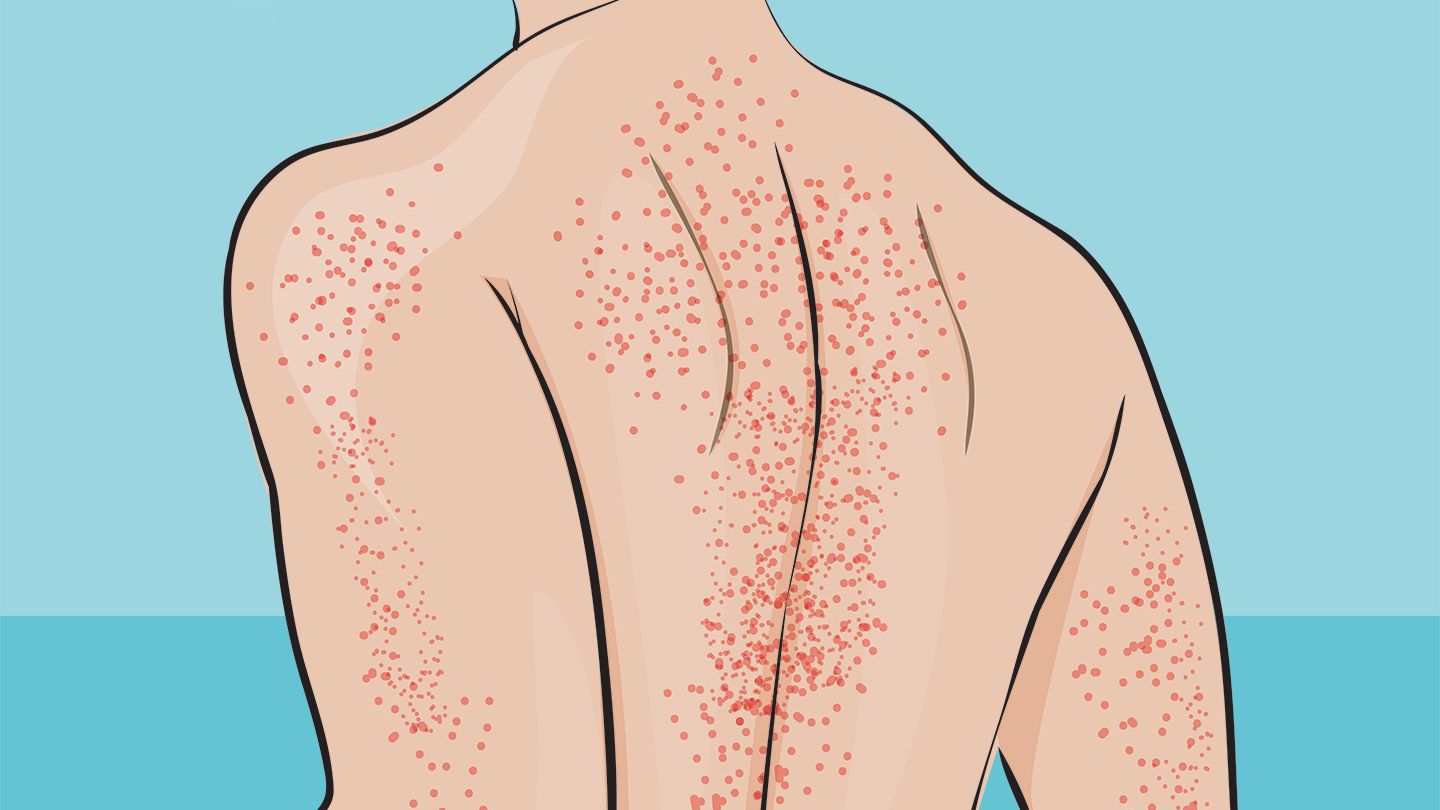Autoimmune Thrombocytopenic Purpura (ITP) is a condition where the immune system mistakenly attacks and destroys platelets in the blood, leading to bleeding and bruising. Diagnosing this condition can be complex and involves several steps. If you’re in Dallas and suspect you might have ITP or are seeking a diagnosis for someone else, this guide will help you understand the process.
What is Autoimmune Thrombocytopenic Purpura (ITP)?
ITP is a type of bleeding disorder characterized by a low platelet count. Platelets are cells in the blood that help with clotting, so when their numbers are reduced, it can lead to excessive bruising, bleeding gums, and other symptoms. ITP is classified as an autoimmune disorder because the body’s immune system attacks its own platelets.
Why is Diagnosing ITP Important?
Early and accurate diagnosis of ITP is crucial for effective treatment and management. Since ITP can mimic other conditions with similar symptoms, such as other blood disorders or even some types of cancer, distinguishing it from these conditions is key to receiving appropriate care.
Steps to Diagnose ITP
Diagnosing ITP involves a combination of medical history, physical examination, and specific diagnostic tests. Here’s a step-by-step guide to what you can expect:
1. Medical History and Symptoms Review
When visiting a healthcare provider in Dallas, they will start by asking detailed questions about your medical history. Be prepared to discuss:
- Current Symptoms: Describe any symptoms like easy bruising, prolonged bleeding from cuts, or unusual bleeding from the gums or nose.
- Medical History: Share information about any previous health issues, especially autoimmune diseases or bleeding disorders.
- Family History: Mention any family members with similar symptoms or autoimmune conditions.
2. Physical Examination
The healthcare provider will conduct a physical exam to check for signs of bleeding or bruising. They may look for:
- Bruises: Unexplained bruises or purpura (purple spots) on the skin.
- Bleeding: Check for bleeding in the mouth or gums, and look for signs of internal bleeding.
3. Blood Tests
The cornerstone of diagnosing ITP is a series of blood tests to evaluate platelet levels and rule out other causes. Common tests include:
- Complete Blood Count (CBC): This test measures the number of red blood cells, white blood cells, and platelets in your blood. A low platelet count is a key indicator of ITP.
- Peripheral Blood Smear: This test examines the shape and size of blood cells under a microscope to look for abnormalities.
- Bone Marrow Biopsy: In some cases, a bone marrow biopsy may be performed to determine if the bone marrow is producing enough platelets and to rule out other conditions.
4. Additional Tests
Depending on the results of initial tests, your healthcare provider may recommend additional tests to further investigate the cause of low platelet counts, such as:
- Antiplatelet Antibody Tests: These tests help determine if your immune system is producing antibodies that are targeting your platelets.
- Liver and Kidney Function Tests: These tests can help rule out other conditions that might affect blood counts.
- Coagulation Tests: To check for other blood clotting issues that might be contributing to the symptoms.
5. Consult a Specialist
If initial tests suggest ITP or if the diagnosis is unclear, you may be referred to a hematologist, a doctor specializing in blood disorders. In Dallas, several healthcare facilities offer specialized care, including:
- UT Southwestern Medical Center: Known for its advanced diagnostic capabilities and experienced hematologists.
- Dallas Medical Center: Offers comprehensive blood disorder evaluations and treatment options.
- Baylor University Medical Center: Provides specialized care for complex cases of ITP and other blood disorders.
6. Consideration of Other Conditions
Diagnosing ITP requires ruling out other potential causes of low platelet counts, such as:
- Secondary ITP: Sometimes, ITP can be secondary to other conditions like lupus or HIV. Your doctor will need to check for these underlying conditions.
- Other Blood Disorders: Conditions such as leukemia or aplastic anemia may present with similar symptoms.
Treatment and Management
Once diagnosed with ITP, your healthcare provider will discuss treatment options based on the severity of your condition and overall health. Treatment may include:
- Medications: Corticosteroids or other immunosuppressive drugs to reduce the immune system’s attack on platelets.
- Platelet Transfusions: In cases of severe bleeding, transfusions may be necessary to increase platelet counts temporarily. Read here for more How Do Texas Mini Trucks Compare to Other Trucks?
- Splenectomy: In some cases, removing the spleen may help if it’s responsible for destroying platelets.
Follow-Up Care
Regular follow-up visits are essential to monitor your condition and adjust treatments as needed. Your doctor will schedule periodic blood tests to track platelet levels and evaluate the effectiveness of any treatments.
Conclusion
Diagnosing Autoimmune Thrombocytopenic Purpura in Dallas involves a comprehensive approach that includes a detailed medical history, physical examination, and specific blood tests. With the right medical care and a thorough diagnostic process, you can receive an accurate diagnosis and appropriate treatment plan to manage the condition effectively.
If you suspect you have ITP or are experiencing symptoms related to bleeding or bruising, it’s important to seek medical advice promptly. Dallas offers a range of healthcare professionals and facilities that can provide expert diagnosis and treatment to help you manage this challenging condition.





